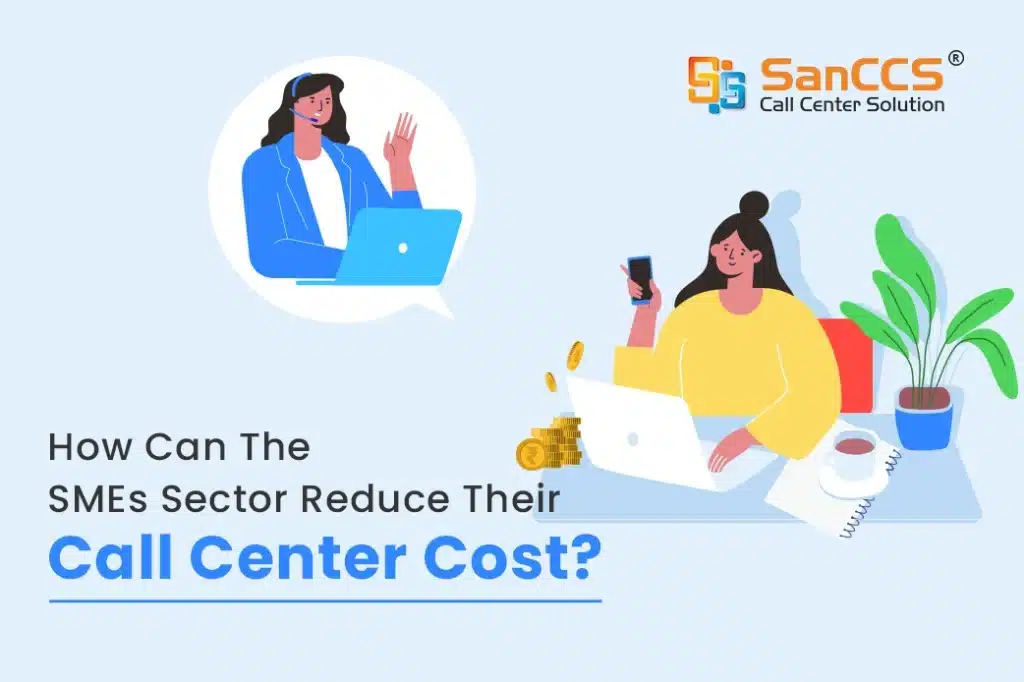
The business landscape is getting really competitive, small and medium sized enterprises (SMEs) often come across challenges in managing customer care issues, especially when it comes to the call center cost along with trying to align exceptional customer support teams. However, when someone knows the right strategies and also knows how to execute them, SMEs can optimise their call support system without lagging on the quality.
Here are seven great ways for SMEs to thrive: embrace digital transformation, streamline operations with automation, focus on customer relationships, leverage social media marketing, invest in employee development, manage finances efficiently, and stay agile to adapt to market changes. These practices can empower SMEs to compete effectively and scale sustainably.
One of the best ways to bring down call center operation, and operation expenses is by providing self-service options to consumers. By offering resources like an FAQ section on your website, and integrating Interactive Voice Response Software, online chat bots can offer efficiency to customers to find solutions to their issues independently. This decreases the volume of incoming calls to the call centers, it also helps the agent to focus on more complex issues.
If someone invests in call routing technology, it can efficiently optimise call handling processes for SMEs. By executing this intelligent call routing system, calls can be directed to the right agent based on the expertise, skill set language proficiency as well as the nature of the enquiry. This makes sure that customers are speaking to the right executive from the outlet, decreasing call transfer time, and it also enhances overall effectiveness
Choosing remote work arrangements for fall center agents can offer some essential cost savings for SMEs. By offering Work From Home Call Center Solution, they can reduce expenses associated with maintaining a call center, infrastructure, physically, such as utilities, electricity, office space and equipment. Additionally, remote work offers work life balance, and flexibility to the agents, leading to increased job satisfaction and potentially lower turnover rates.
Choosing great training programs and building a positive work environment can help SMEs retain their calls and agents for longer periods. High employee turnover rates can increase the cost for businesses due to recruitment and training expenses. By building a culture where a skilled and motivated workforce is nurtured. SMEs can grab onto some great customer service, reduce the error frequency and in the end lower the operation cost linked with the frequent staff turnover.
Utilizing Call Center Analytics Software enables SMEs to gain valuable insights into call volumes, agent performance, and customer behavior patterns. By monitoring important metrics like average call duration, first-call resolution rates, and customer satisfaction scale, SMEs can spot areas that need to be fixed and implement targeted strategies to improve operational efficiency and affordability.
In certain cases, outsourcing non-core call center functions to third-party service providers can be a cost-effective solution for SMEs. Outsourcing can offer access to specialized expertise, scalability, and round-the-clock support without the need for significant upfront investments in infrastructure or staffing. However, it's essential to carefully vet potential outsourcing partners to ensure alignment with your business objectives and service standards.
Proactively connecting with your customers with the help of omni channel strategy like via email, SMS and social media can help understand better and address the potential challenges before they escalate into a costly customer support need. Forwarding personalised notifications, updates, and reminders can efficiently improve customer engagement, it can also reduce inbound call volumes and build stronger brand loyalty overtime.
• Interactive Voice Response (IVR) Systems is a powerful software for small and medium medium enterprises. That’s looking for great customer experience and also want to get into some cost cutting.
• Modern-day IVR software offers tailor-made features that allow a flexible approach for a better caller experience based on various factors like call, history, demographics, and other preferences. By using data analytics and customer insights businesses can curate IVR menus that are better. Judge of collar needs and offer targeted assistance, building a sense of personal connection and customer satisfaction.
• For SMEs offering to a huge customer base coming from all walks of life, IVR software can provide multilingual support, allowing the caller to speak in their preferred language. This potentially not only enhances inclusivity and accessibility, but it also decreases the need for hiring a multilingual agent, this directly results in significant cost-cutting while ensuring effortless communication for all customers.
The takeaway is that while managing call center operation costs can be very challenging for SMEs, executing the above-mentioned strategies can aid businesses into achieving cost savings while also providing exceptional customer service. By using technology, optimising processes and prioritising employee training and enhancing their skill set, SMEs can streamline their call center support system and set themselves up for long term success, even in a highly competitive marketplace.
SAN Softwares is a company dedicated to providing complete software solutions to Corporate and end-user customers.

SAN Softwares is a company dedicated to providing complete software solutions to Corporate and end-user customers.
